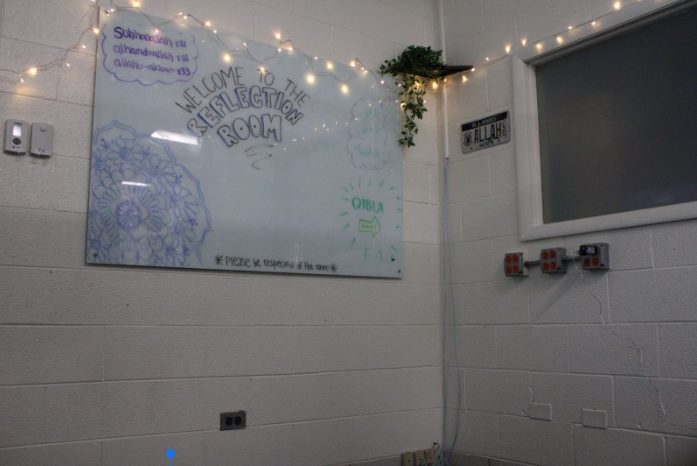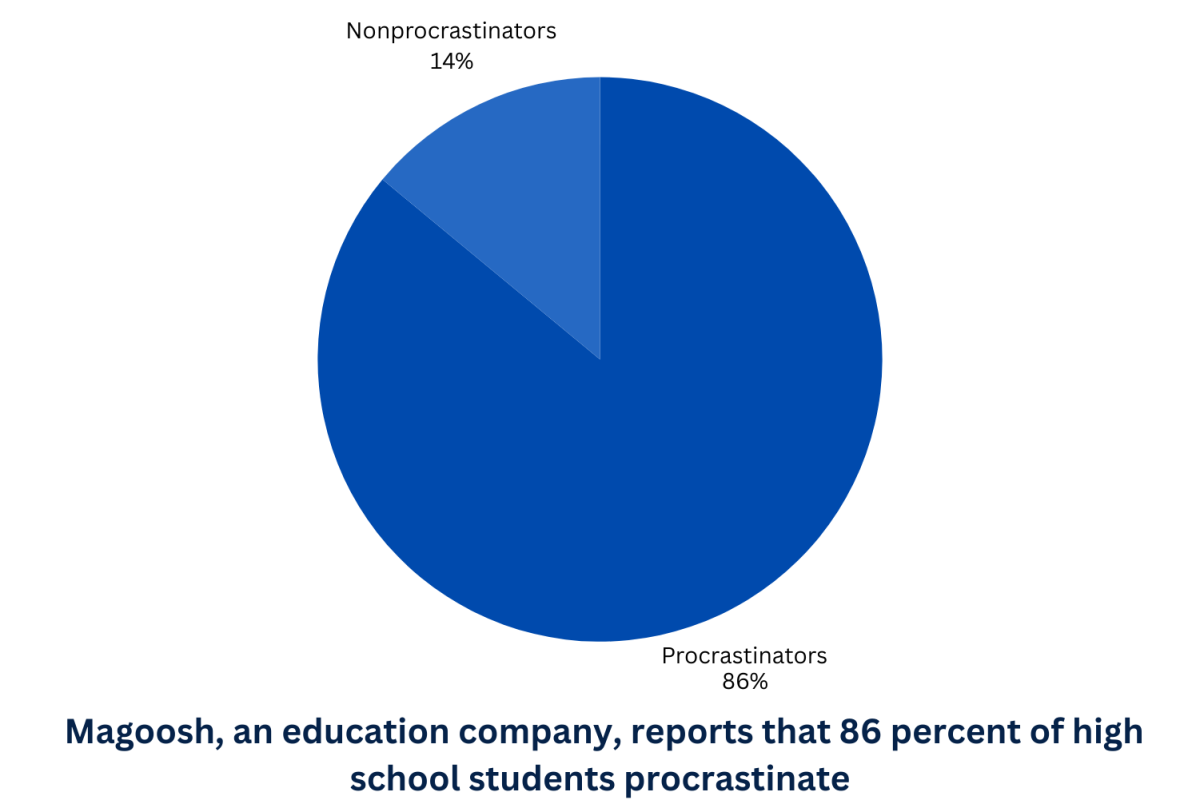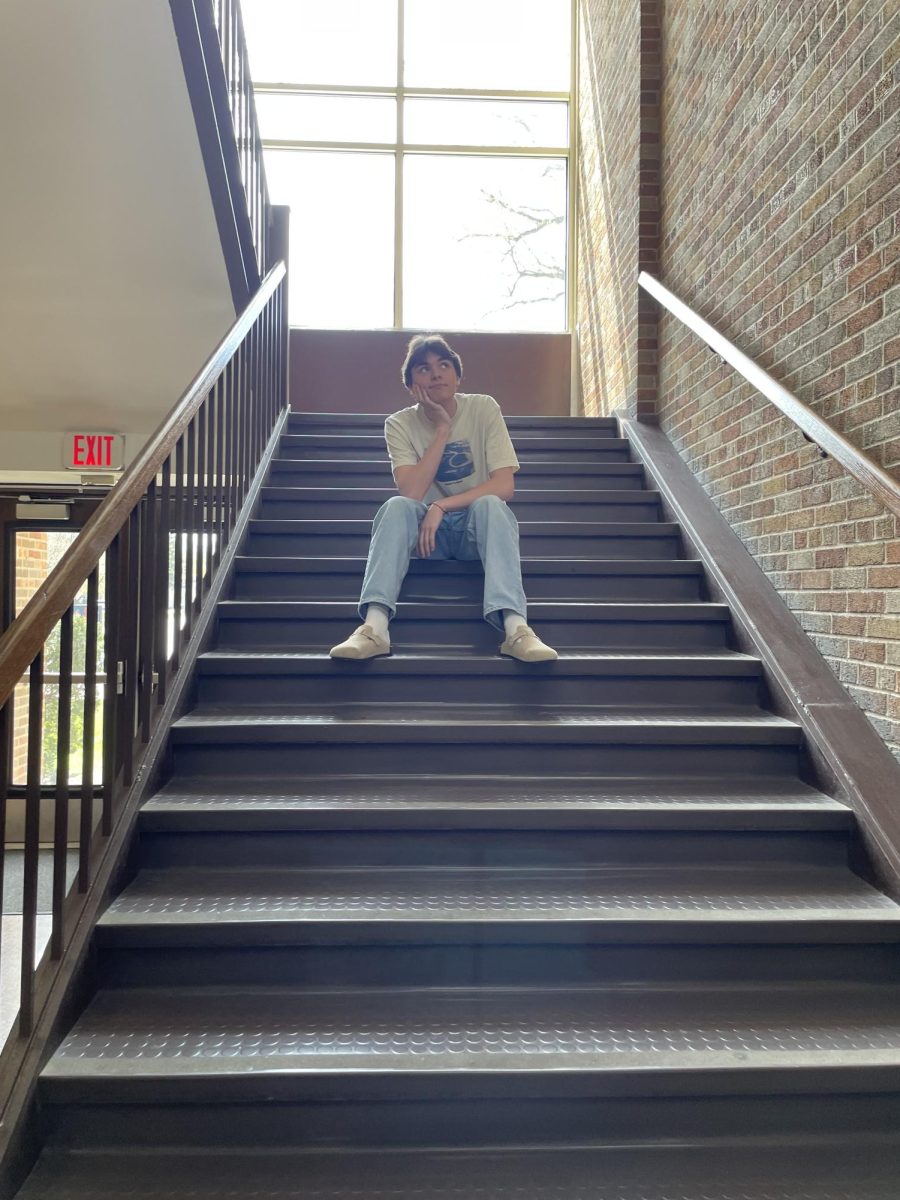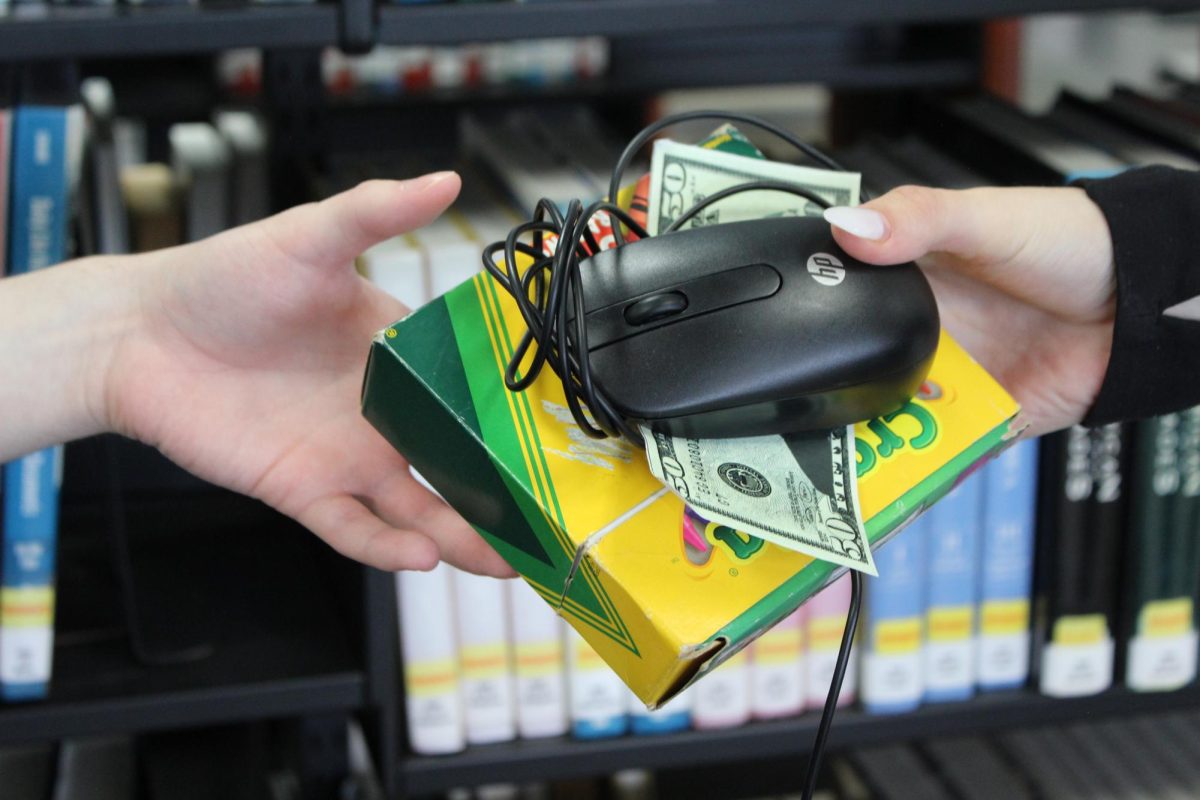Not long ago, I came across a viral video where a TikTok influencer called a dupatta a “Scandinavian scarf.” She was dressed in what she called “Scandinavian wedding guest fashion,” draped in flowing fabrics that – to me – looked unmistakably familiar.
I grew up seeing those fabrics in my own home. To me, a dupatta – or chunni, as my Telugu family calls it – wasn’t chic. It was a reminder of what made me different – and at times, what made me feel out of place.
I grew up hating my own culture. Not in the way that hatred always looks – loud and angry – but in the quiet, resigned way of someone who just wanted to blend in. When I was younger, I’d cringe when someone mispronounced my name and rush to explain my mom’s cooking so the smell wouldn’t draw stares. It was easier to laugh with them than feel the sting of being laughed at.
So when I see Coachella-goers with mehendi patterns snaking up their arms or influencers wrapped in Scandinavian scarves marketed as “boho” (but undeniably resembling chunnis my mother used to fold with care), I feel a strange hollowness. It’s not jealousy. It’s not even anger, not at first. It’s grief. Grief for the years I spent trying to erase the very things that are now casually picked up, filtered through an aesthetic, and paraded as global chic.
And I know – I sound like a broken record, but I don’t know how else to say it: it’s exhausting to watch the same cycle repeat, over and over, while so little changes for the people behind the culture.
This isn’t just about cultural appropriation. It’s about selective acceptance. It’s about how people can love my culture – our food, our clothes, our rituals – without extending that same love, or even basic respect, to the people behind it.
Growing up South Asian in a Western context often meant learning which parts of my culture to minimize. Sometimes it was pronunciation. Sometimes it was lunch. Sometimes, it was the quiet math of deciding which parts of your identity were safe to show. I don’t blame my younger self for that – I was just trying to survive middle school.
But what’s frustrating is how easily culture can be stripped of its context and repackaged as a trend. It’s not just about the scarf. It’s about hair oiling, turmeric, yoga, henna – all of which are suddenly desirable now that they’ve been filtered through the lens of social media and rebranded as wellness or aesthetic. In a vacuum, that could be called appreciation. But it doesn’t exist in a vacuum.
At the same time these traditions are going viral, people from South Asian communities – especially immigrants and first-gen kids – are still being stereotyped, mocked, or left out. I’ve heard people joke about India and Pakistan “blowing each other up” and remain silent when temples are desecrated or hate crimes spike against South Asians. When I hear that our music is “so vibey” but our accents are a punchline, I notice.
There’s something hollow about celebrating the culture while ignoring the people. The world has made a brand out of the South Asian aesthetic while distancing itself from South Asian pain. If you don’t also care about the histories, the languages, the tensions, the humor, and the humanity of those cultures – what exactly are you appreciating? Where was this appreciation when South Asians were ashamed to exist? Loving the culture while hating – or ignoring – the people who created it is not love. It’s consumption. It’s convenience. And it’s a luxury that we, as South Asians, have never been afforded.
I’m not saying people can’t enjoy South Asian traditions. In fact, I want them to. Of course, beauty crosses borders and culture evolves, and our culture is built upon connection. But, appreciation comes with responsibility. It means asking where things come from. It means knowing the difference between inspiration and imitation. It means respecting the people who’ve carried these traditions even when they weren’t trendy.
I’ve spent a lifetime unlearning the shame I was taught. Now that it’s being embraced, I’m learning to reclaim it on my own terms. But it’s complicated to see something that once made me feel small become fashionable – while the deeper parts of my identity are still misunderstood or ignored.
And I’m still learning how to love my culture without flinching. But if the world wants to celebrate South Asia, it needs to make space for South Asians too – not just on runways and playlists, but in policies, classrooms, and media. We need acknowledgement. Solidarity. The willingness to confront the xenophobia that still shapes the lives of South Asian people today. Not just as trends, but as people. That’s where appreciation begins.









